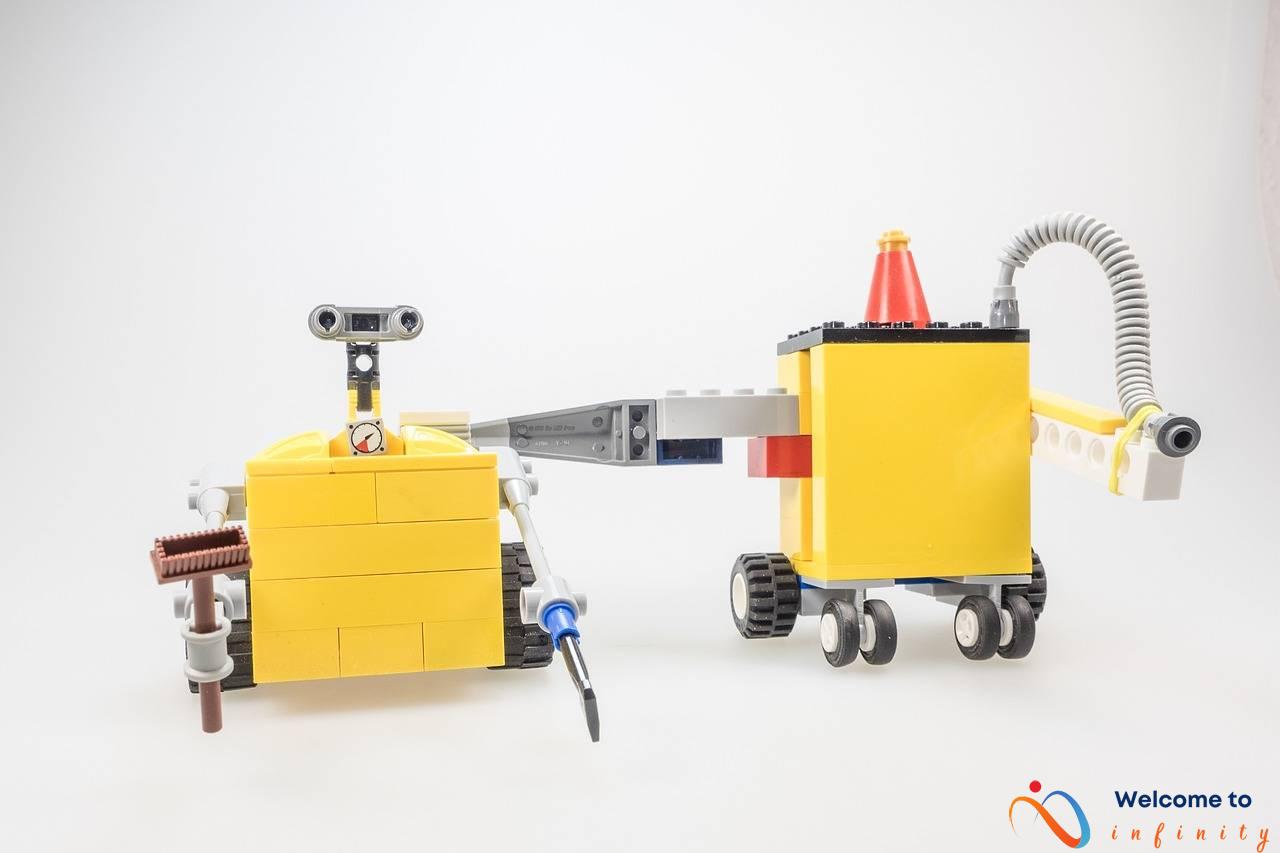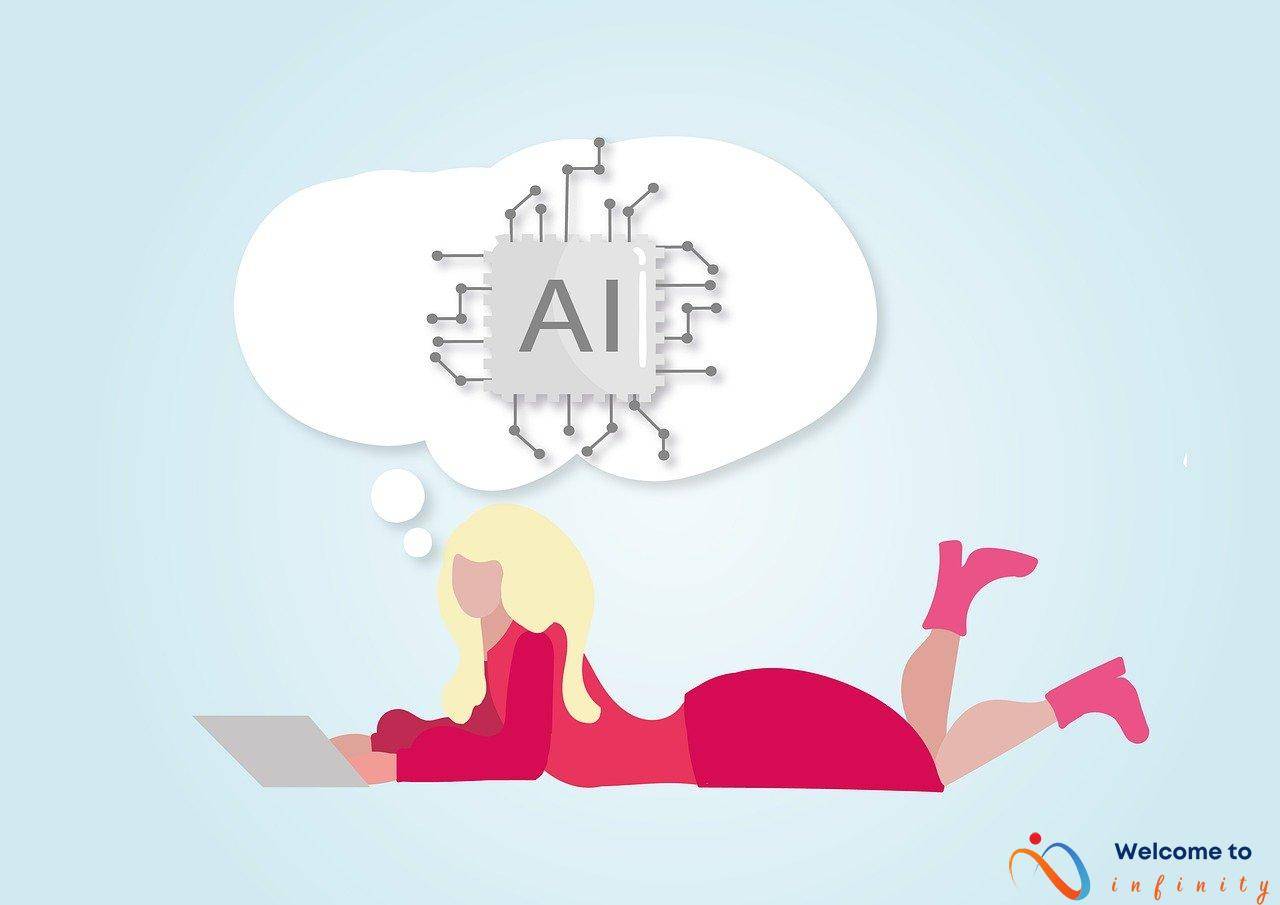Unsupervised learning is a fascinating subfield of machine learning. As opposed to supervised learning, where the algorithm is trained on labeled data, unsupervised learning requires no prior knowledge or labeling of the dataset. Instead, it is used to identify patterns and similarities in data that may not be immediately obvious. Clustering and dimensionality reduction are two techniques employed within unsupervised learning to achieve this goal.
Clustering is a technique used to group data points together based on their similarities or differences. It is commonly used in market segmentation, where customers are grouped together based on their buying behavior, preferences, and demographics. The purpose of clustering is to identify natural groupings within the data that can then be further analyzed. Two of the primary types of clustering are hierarchical clustering and k-means clustering. Hierarchical clustering creates a tree-like structure called a dendrogram, while k-means clustering involves grouping data points into k clusters of similar size. Clustering has many practical applications, including fraud detection, disease diagnosis, and personalized marketing.
Dimensionality reduction, on the other hand, is a technique used to reduce the number of features or variables in a dataset. High-dimensional datasets can be computationally expensive and may contain noise that can hinder analysis. By reducing the number of features, dimensionality reduction algorithms can improve computational efficiency and remove noise, while preserving the important information in the data. Some of the techniques used in dimensionality reduction include principal component analysis (PCA), t-distributed stochastic neighbor embedding (t-SNE), and linear discriminant analysis (LDA). Dimensionality reduction is used in various applications, including image and speech recognition, gene expression analysis, and text classification.
What is Clustering?
Clustering is an unsupervised learning technique used in machine learning to group similar data points together and differentiate them from dissimilar ones based on predefined criteria. The process involves identifying natural patterns and structures in data sets by sorting them into groups that exhibit similar characteristics. The goal of clustering is to reduce the dimension of complex data sets and simplify them for analysis.
Clustering is widely used in various fields such as market segmentation, image processing, and anomaly detection. In marketing, for example, clustering is used to group customers based on their preferences and buying habits. This helps businesses to tailor their marketing strategies and offer personalized services to their customers, resulting in increased sales and customer loyalty.
Another application of clustering is in image processing, where it is used to group similar images and compress data for efficient storage. Clustering is also used in anomaly detection to detect any unusual pattern in a dataset, which might indicate fraudulent behavior, network intrusion, or insufficient maintenance in industrial equipment. Thus, clustering is a powerful tool for identifying and analyzing complex data sets in many domains.
Types of Clustering
Clustering is an important technique used in unsupervised learning, and there are two main types of clustering used to group data points together based on their similarities or differences. These include:
- Hierarchical Clustering: Hierarchical clustering creates a tree-like structure that is called a dendrogram. This technique works by merging data points based on their distance from each other.
- K-means Clustering: K-means clustering involves grouping data points into k clusters, where k is a user-defined value. This technique works by partitioning data points into clusters based on their similarity to each other.
Both hierarchical and k-means clustering can be used in a variety of applications, such as market segmentation, image processing, and anomaly detection. The choice of which clustering technique to use depends on the nature of the data being analyzed and the goals of the analysis.
Applications of Clustering
Clustering has a wide range of practical applications due to its ability to group similar data points together. One of the most common applications is customer segmentation, where clustering can help identify groups of customers with similar characteristics and needs. This information can be used to create personalized marketing campaigns and increase customer satisfaction.
Another important application of clustering is fraud detection. By analyzing large datasets, clustering algorithms can detect patterns that may be indicative of fraudulent activity, making it a critical tool for many financial institutions and businesses.
In the field of healthcare, clustering is used for disease diagnosis. By analyzing patient data such as medical history, symptoms, and demographic information, clustering can help identify groups of patients with similar conditions and provide personalized treatment options.
Personalized marketing is another area where clustering can be very useful. By segmenting customers into smaller groups based on their preferences and behavior, businesses can create targeted marketing campaigns that are more likely to be successful.
Overall, clustering is a powerful tool with numerous practical applications. Its ability to identify patterns and similarities in data makes it useful in a variety of fields, including marketing, finance, healthcare, and more.
What is Dimensionality Reduction?
Dimensionality reduction is a technique used in unsupervised learning to reduce the number of features or variables in a dataset. This process involves identifying and removing the least important features in the data while retaining its most important characteristics. The ultimate goal of dimensionality reduction is to simplify the dataset while maintaining its underlying patterns and relationships.
Dimensionality reduction is often used to improve computational efficiency and remove noise from data. When working with high-dimensional data, it is not uncommon for it to be noisy, meaning that it contains irrelevant or redundant features that can lead to inaccurate results. Dimensionality reduction techniques help to clean up the data by removing these redundant or noisy features, which can lead to better results and faster computation time.
There are several techniques for reducing the dimensions of a dataset, including principal component analysis (PCA), t-distributed stochastic neighbor embedding (t-SNE), and linear discriminant analysis (LDA). Each technique has its strengths and weaknesses and is suited to specific types of data.
The applications of dimensionality reduction span a wide range of fields, including image and speech recognition, gene expression analysis, and text classification. Dimensionality reduction is a powerful tool that helps to remove noise and improve efficiency, leading to better results and insights drawn from complex datasets.
Techniques for Dimensionality Reduction
Dimensionality reduction is a crucial step when dealing with datasets with numerous features or variables. It helps improve computational efficiency and eliminates noise from data. Here are three common techniques for dimensionality reduction:
PCA is a widely used dimensionality reduction technique that takes a dataset with numerous variables and transforms them into linearly uncorrelated principal components. It identifies the direction of most variance and removes the variables with the lowest variance, reducing the number of features by consolidating them into principal components. This approach has numerous applications, including facial recognition, image compression, and data visualization.
t-SNE is a nonlinear dimensionality reduction technique that maps high-dimensional space data into low-dimensional space data. It is mainly used for data visualization, where data is projected onto a two-dimensional plane. t-SNE is often used in machine learning, where it is used to visualize and cluster high-dimensional datasets, especially those with complex structures. It is particularly useful in cancer research, where it is used to visualize and study gene expression.
LDA is a supervised and unsupervised technique for dimensionality reduction. It is mainly used in supervised learning, where it identifies features that have a significant contribution to the classification of data. It selects variables that best explain between-class variance, thereby reducing the features or variables that are not relevant. LDA is often used in text classification, bioinformatics, and image processing.
These three techniques are widely used in dimensionality reduction. However, the choice of technique depends on the specific dataset and the particular goal of the analysis.
Applications of Dimensionality Reduction
Dimensionality reduction is a crucial technique that is widely used in various applications to improve efficiency and accuracy. In image recognition, dimensionality reduction is used to decrease the noise in images and improve computational efficiency, resulting in accurate and faster image recognition. Similarly, speech recognition also uses dimensionality reduction to reduce the number of features in speech signals and identify patterns in them.
Dimensionality reduction is also widely used in gene expression analysis, where it is used to reduce gene expression data's high-dimensional complexity. By reducing the dimensionality of the data, gene expression analysis becomes less computationally expensive and helps researchers understand the relationship between different genes better.
Another application of dimensionality reduction is in text classification, where it is used to identify the most important features in a text and reduce the dimensionality of the data. This application has extensive applications in natural language processing and helps improve the accuracy of text classification algorithms.
Moreover, dimensionality reduction is also used in recommendation systems, where it is used to identify the most important features of the items and users' preferences. By reducing the dimensionality of the data, the recommendation systems can provide accurate and personalized recommendations to the users.
Overall, dimensionality reduction is a crucial technique that has diverse applications in various fields, including but not limited to image and speech recognition, gene expression analysis, and text classification. It helps in improving computational efficiency, removing noise, and identifying patterns, ultimately enabling the development of precise and accurate algorithms.












